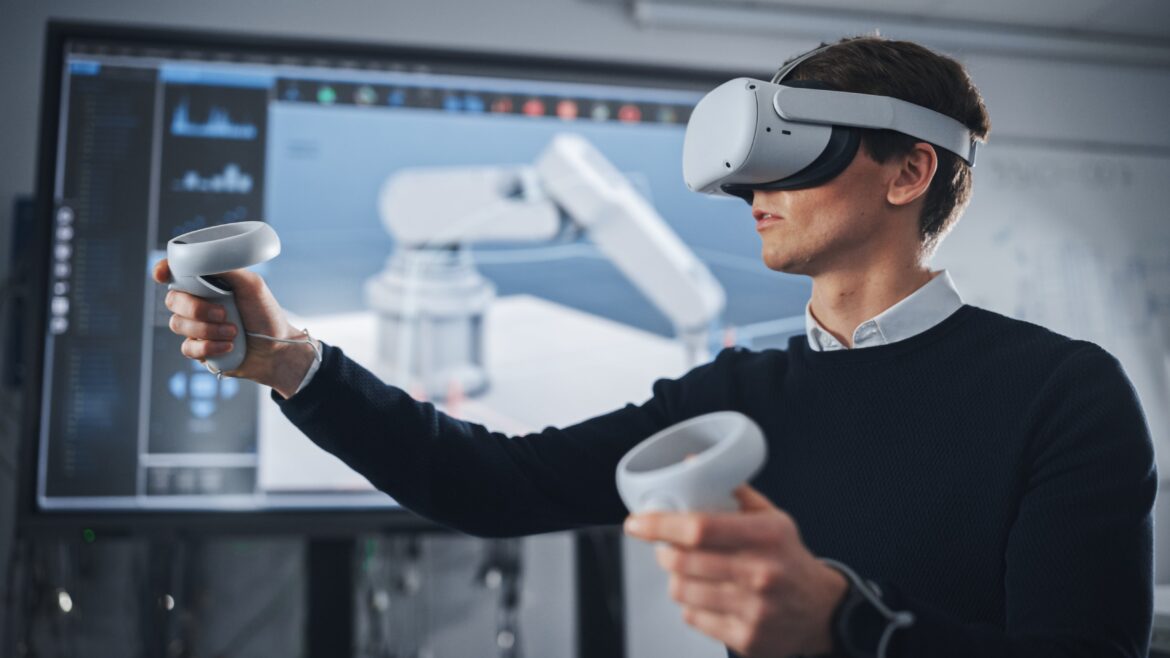The Metaverse and spatial computing environments offer exciting new possibilities for human-computer interaction. Unlike traditional screen-based interfaces, the Metaverse leverages a range of input methods like touch, gestures, and voice to create more immersive and natural experiences.
Research and Design Considerations for User Input
Extensive research is being conducted to explore the best methods for user input in the Metaverse. A study by Zhang et al. (2024) examined a variety of input techniques and found that while pinch-slider offered the highest success rate, gestures and voice elicited the most positive user feedback. This highlights the importance of considering both efficiency and user satisfaction when designing interfaces. As AI technologies like voice recognition continue to evolve, we can expect gesture and voice input to become even more seamless and intuitive.
The Role of Realism in User Experience
Creating a sense of realism is crucial for user engagement in the Metaverse. Research by Cerdá-Boluda (2024) emphasizes the importance of visual details like using quadratic nodes to create 3D objects. However, it’s essential to balance realism with usability and performance considerations.
Biometric Data and Privacy in the Metaverse
Biometric data, such as gestures, voice, and eye movements, provide valuable insights into user behavior and emotions. However, this data is highly sensitive and raises significant privacy concerns. It’s imperative that users understand what data is being collected and how it will be used. As the Metaverse evolves towards a decentralized Web 3.0, organizations must prioritize transparency and user control over their biometric data.
The Future of User Interfaces
The evolution of user interfaces in the Metaverse is an ongoing process. As technology advances and our understanding of human-computer interaction deepens, we can expect to see even more innovative and intuitive ways to interact with virtual environments. From adaptive interfaces that respond to user behavior to immersive experiences that blur the lines between the physical and digital worlds, the possibilities are endless.




